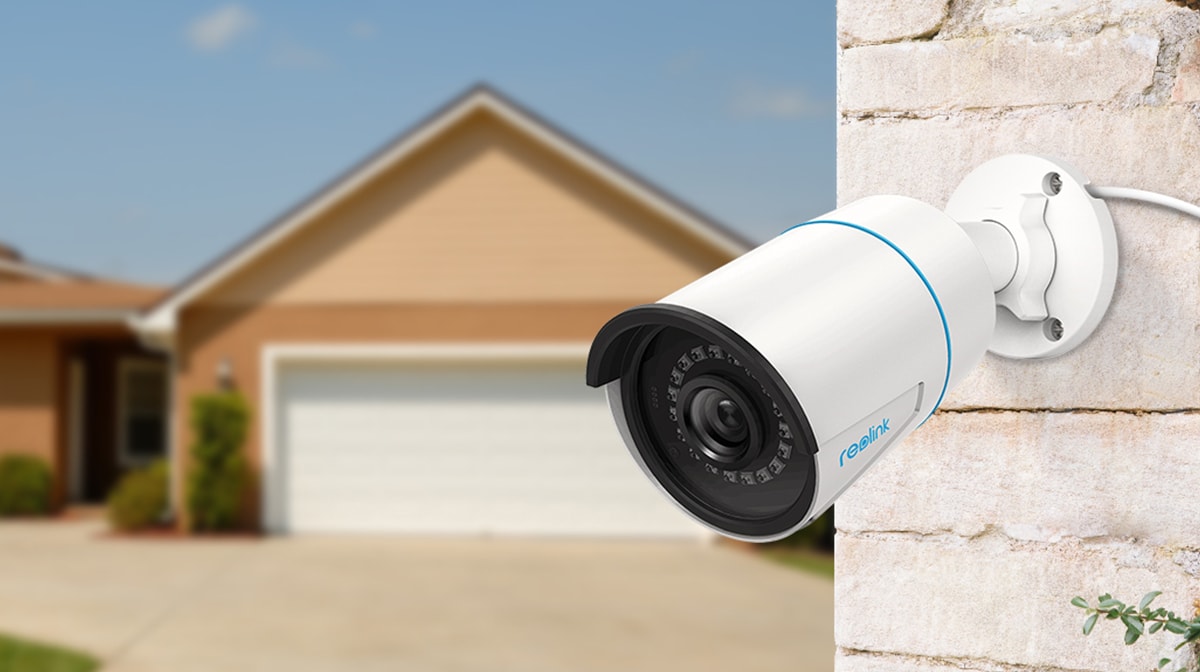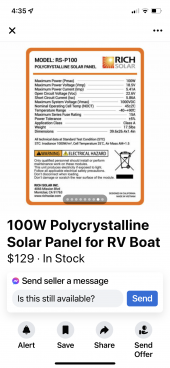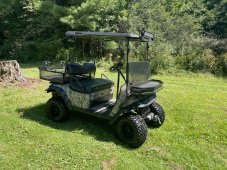sunshine_eggo
Happy Breffast!
@DThames has it.
@70oldsracer, in addition to shade, bad weather kills. On-site usage kills. You were up there Sunday. Did you use any additional power from the system? Charge cell phone, power anything additional to the mentioned items? If so, that usage + the lack of charging for two days means you likely tapped your battery capacity.
@70oldsracer, in addition to shade, bad weather kills. On-site usage kills. You were up there Sunday. Did you use any additional power from the system? Charge cell phone, power anything additional to the mentioned items? If so, that usage + the lack of charging for two days means you likely tapped your battery capacity.









